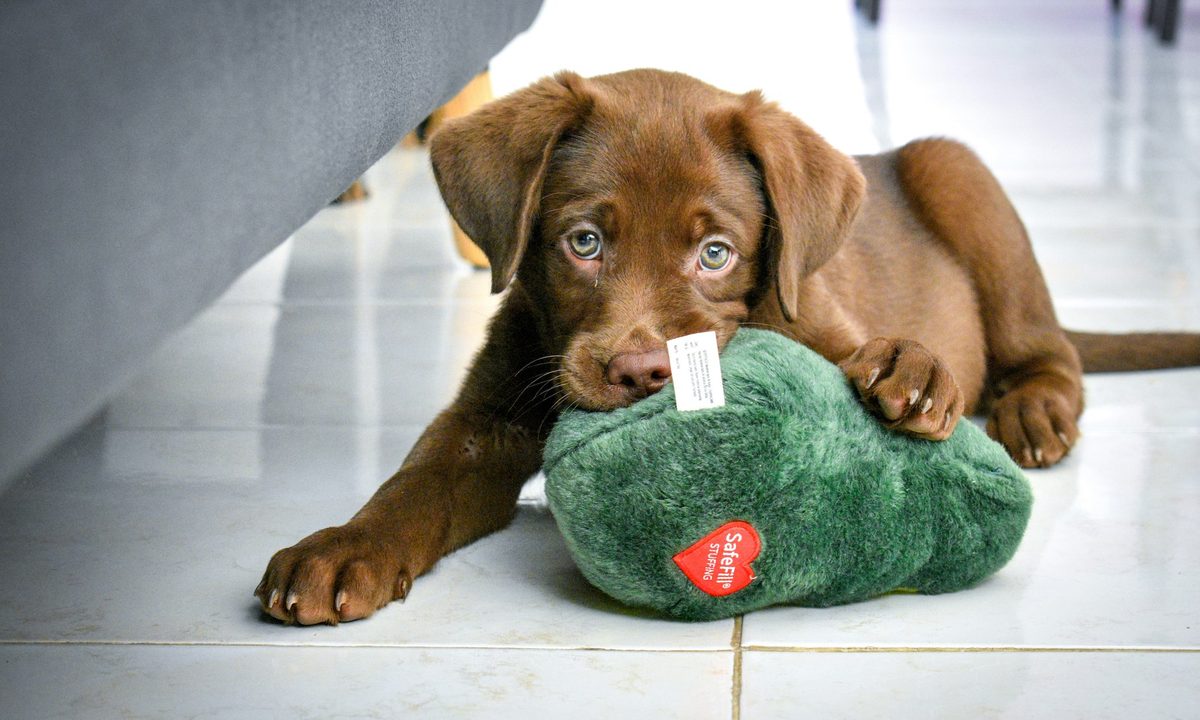So, you’re bringing home a new dog. Congratulations! This is a significant milestone for any person, couple, or family, but it can be easy to forget about something important amid all the excitement and chaos. While you’re focused on getting your new friend home safe and sound, let us worry about creating the perfect checklist of new dog essentials. All that’s left is for you to go shopping.
Be prepared to make a few big purchases as you stock up for your newly adopted dog, but rest assured, you won’t always be spending so much money. Even though pet ownership is expensive, you won’t go on shopping sprees like this once your four-legged friend is settled in. If you already have a dog at home, you may not even need to buy all these things. Wherever you are in the process of welcoming your new dog, know that you’ll never go wrong with these dog essentials.
Leashes, collars, and harnesses

A collar with an ID tag is essential for your dog’s well-being, no matter where you live. Even if your dog is microchipped, the sight of a brightly colored collar could be lifesaving if your pup runs off one day. You’ll also need a leash to keep them safe on walks and adventures, though there are a few different kinds to consider. Most public parks and spaces require dogs to be on a standard, 6-foot leash, but a long lead can also be helpful for afternoons spent together in the yard.
Harnesses aren’t necessary the first day you bring your new puppy or dog home, but you’ll likely want to invest in one for the long run. Harnesses provide even more security than collars, and they prevent your dog from putting pressure on their windpipe when they tug on the leash. Best of all, a front-lead harness can make it harder for a dog to pull on the leash to begin with.
Dog food and treats
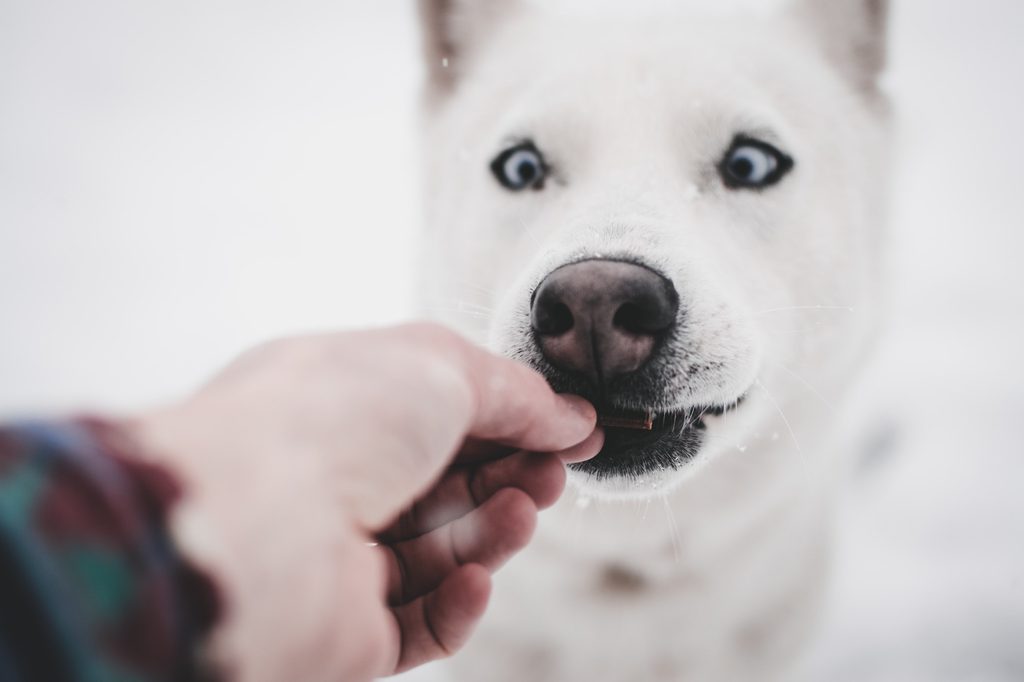
Every animal needs to eat, including your new dog. The animal shelter or previous owner may tell you what food they’re already eating, but it can take some trial and error to find the right food for your dog if you’re starting from scratch. When in doubt, a little research goes a long way toward helping you pick the right kibble and wet food, but your dog’s veterinarian is always the best resource for important decisions that can affect your pet’s health.
And don’t forget the dog treats! Treats should comprise no more than 10% of your dog’s total caloric intake each day, but finding a treat they enjoy can make training exponentially easier.
Food and water bowls
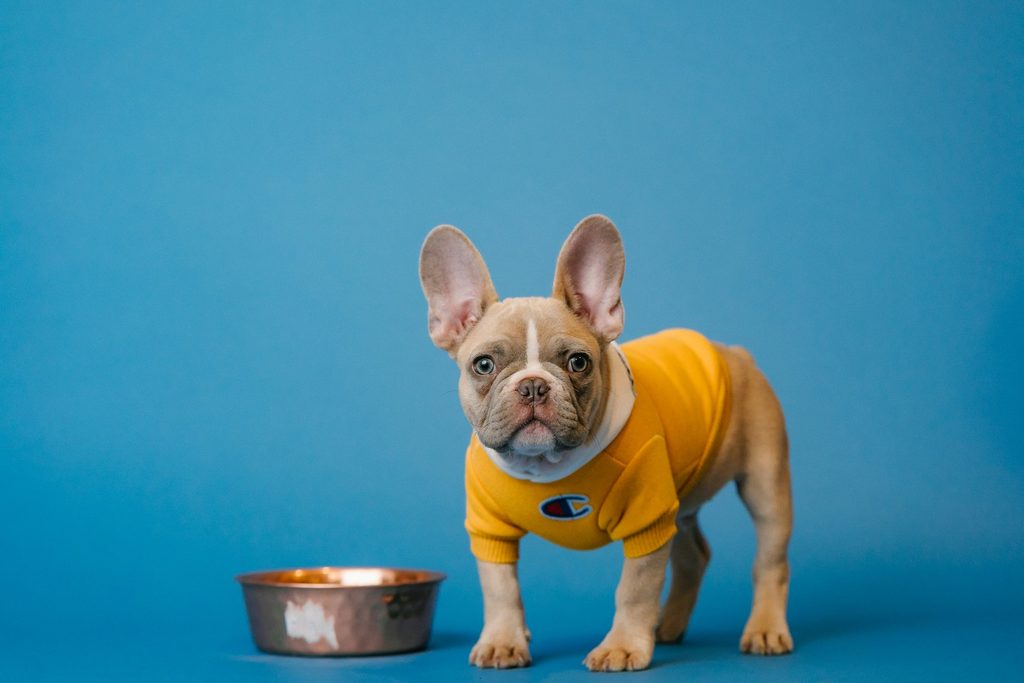
If you don’t already have any at home, you’ll want to purchase a few bowls for your dog’s food and water. We recommend having at least one extra bowl in case of messes or accidents, and remember to clean them regularly. Yes — even your dog’s water bowl needs to be cleaned.
Potty training essentials
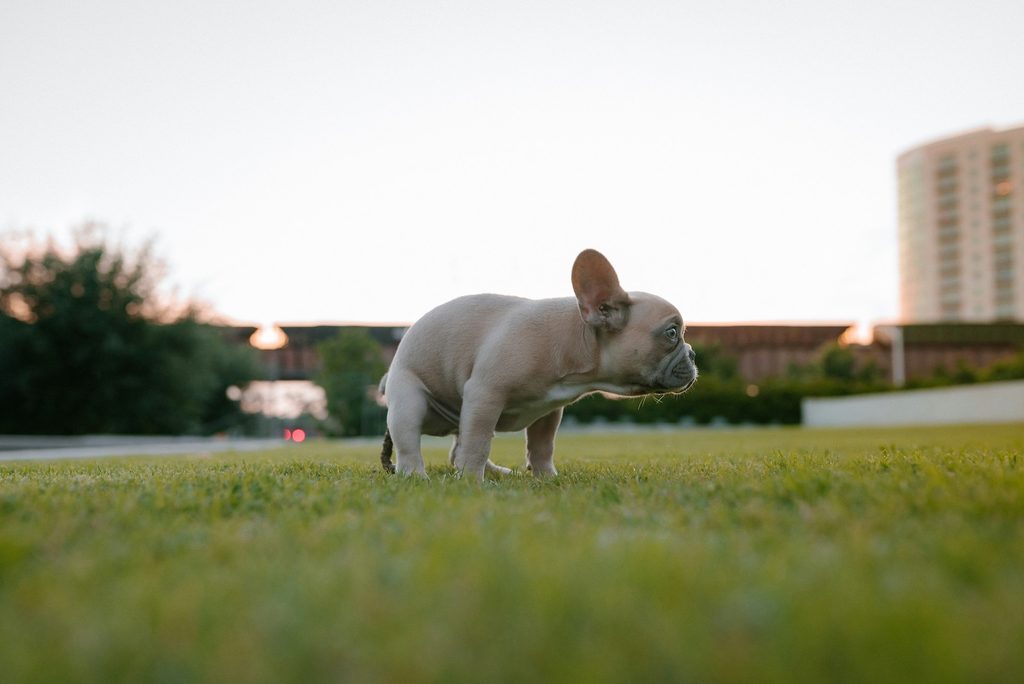
If you’re rescuing an adult dog, you may not have to worry about potty training, but most of the time, there will be at least a small adjustment period when you bring home a new dog. They don’t know your routine, after all, so be sure to plan ahead for potty training if you’re not confident in your pup’s abilities.
Potty pads can be extremely helpful for small spaces or when you’re still teaching your dog where and where not to go. You may also succeed with washable wraps or diapers, especially if you have a home with carpet. These are temporary solutions, of course, until your dog gets the hang of their new potty schedule.
Age-appropriate dog toys
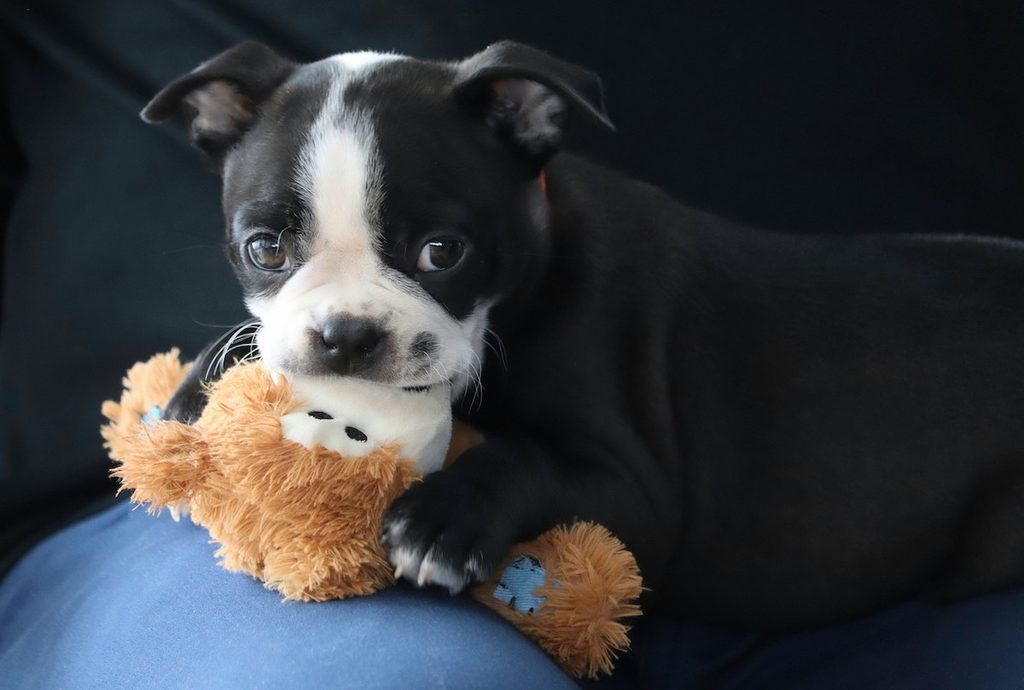
Your dog’s favorite aisle in the pet store is either the treat aisle or the toy aisle, so why not take a stroll down both to see what your new friend gravitates toward? It’s always a smart idea to stock up on toys to keep your buddy entertained, though it’s hard to predict what kind of toys they’ll like.
Squeaky toys may be obnoxious and loud, but they’re stimulating and fun for dogs to play with. Rope toys, on the other hand, can be fun for dogs who like to play tug-of-war, but they can also be dangerous when a pup gets excited and shakes it around.
Dog beds, blankets, and houses
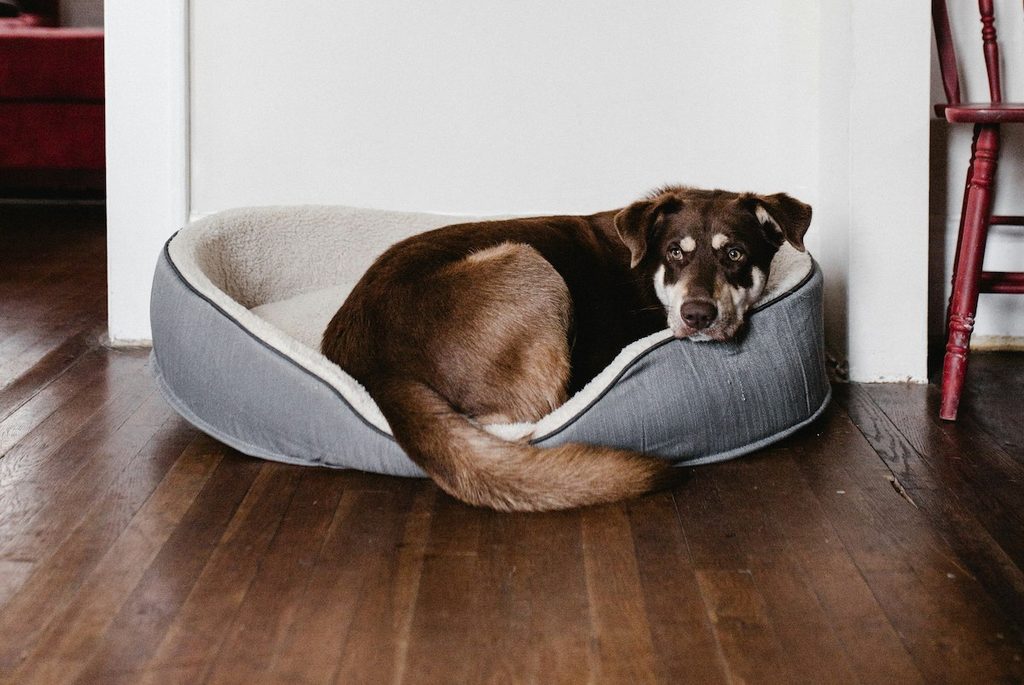
After playtime, your dog will need somewhere to rest their furry (or hairy) head. Even though they may end up sleeping in your bed with you, your pup should have a dog bed of their very own. Some pups prefer to have an enclosed space of their own, which is why dog crates are so popular, though no two pups take to crate training in the same way.
It’s never a bad idea to buy some pet-friendly blankets and washable couch covers, too. Not only will this protect your furniture from any accidents and licking, but it will also help teach your new dog where their spot to sit is. If you need your pup to move, simply move the blanket.
Dog gates and safety items
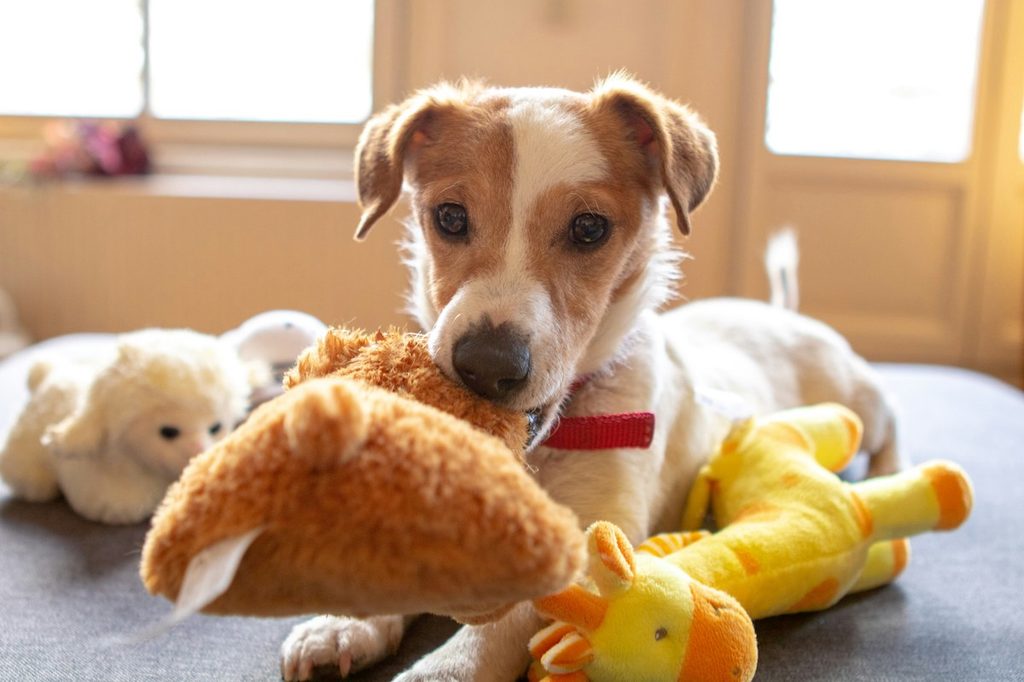
An ID tag and a vet visit aren’t enough to protect your dog from all life’s dangers. You’ll also need to puppy-proof areas of your home that can be dangerous, like the kitchen or the laundry room. This is your choice, of course, but safety items like pet gates can come in handy. Try a portable pet pen to keep a puppy safely contained in one place for a more portable, temporary solution.
This checklist of dog essentials covers everything you need for a smooth transition with your new friend, though you might need to make some changes if you bring home a new puppy. Every dog, no matter their age, will have individual needs you can’t plan for, but shopping for these dog essentials can be the perfect place to start.
